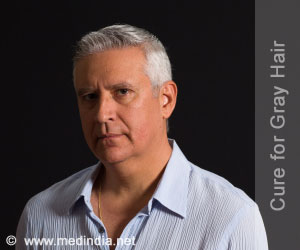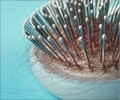A recent study has found new insights on treatment for balding and graying by identifying the cells and mechanism that give rise to hair.
- Baldness and graying of hair are first signs of aging.
- Scientists have recently identified cells that could give rise to hair and mechanism by which it would turn it gray.
- Further research may help to provide possible treatment on how to overcome balding and hair graying.
"With this knowledge, we hope in the future to create a topical compound or to safely deliver the necessary gene to hair follicles to correct these cosmetic problems."
New Protein KROX20
The research team found a protein called KROX20, which is commonly linked to nerve development and could turn on the skin cells that become the hair shaft. The hair precursor or progenitor could then produce a protein called stem cell factor (SCF) which is found to be essential for hair pigmentation.
The animal’s hair turned white when the research team deleted the SCF gene in the hair progenitor cells of mouse models. When the KROX20-producing cells were deleted, no hair had grown and the mice have become bald.
Study Findings
Dr. Le and his team accidentally uncovered the explanations for balding and hair graying while studying Neurofibromatosis Type 1, a rare genetic disease which causes the tumor to grow on the nerves.
Nobody knew what would happen after the stem cells move down to the base or the bulb of hair follicles. The cells in the hair follicles that produce SCF, or the cells that were involved in the hair shaft creation making the KROX20 protein.
Without SCF, the hair in the mouse models was found to be gray, which would later turn to white.
However, without KROX20-producing cells no hair had grown.
Further research on KROX20 in cells and SCF gene that stops working as people age may result in graying and hair thinning. This could also provide answers on why hair graying and balding were related to first signs of aging.
References
- Chung-Ping Liao et al. Identification of hair shaft progenitors that create a niche for hair pigmentation, Genes & Development (2017).DOI: 10.1101/gad.298703.117
Source-Medindia
















